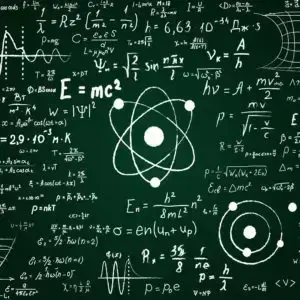Engineers at NASA say they have successfully revived thrusters aboard Voyager 1, the farthest spacecraft from our planet, in the nick of time before a planned communications blackout.
A side effect of upgrades to an Earth-based antenna that sends commands to Voyager 1 and its twin, Voyager 2, the communications pause could have occurred when the probe faced a critical issue — thruster failure — leaving the space agency without a way to save the historic mission. The new fix to the vehicle’s original roll thrusters, out of action since 2004, could help keep the veteran spacecraft operating until it’s able to contact home again next year.
Voyager 1, launched in September 1977, uses more than one set of thrusters to function properly. Primary thrusters carefully orient the spacecraft so it can keep its antenna pointed at Earth. This ensures that the probe can send back data it collects from its unique perspective 15.5 billion miles (25 billion kilometers) away in interstellar space, as well as receive commands sent by the Voyager team.


So I was curious about this from a superconducting electromagnet aspect which prevented me from responding to OP on the radiation thing so thanks for getting to that.
There isn’t a way to efficiently convert heat into radiative heat fast enough to keep a superconductor cool enough long enough.
You could, theoretically, create a system that exchanges the heat through convection and conduction that then stores it in something like water. Then with the water, you pass that through fins to radiate the heat. This would give you more time with the magnet being cool enough to function.
I didn’t have any useful numbers, but it looks like at some point along the trip you’d need to disable the magnet cooling system or dump the stored water. At some point the system will just not be able to maintain the temperature.
Superconducting magnets don’t heat up naturally, not without breaking. All we’d need to do, is engineer an isolated environment for the magnet, and there’ll be no chance of it heating up, except maybe for an intense solar storm overwhelming it’s magnetic shield.
Unlike earth, where there are multiple potential sources of heat, in space the only one of note is the sun. So yes, you can’t remove heat via conduction or convection, but that also means that you can’t gain heat from it. If anything, that simplifies the design.